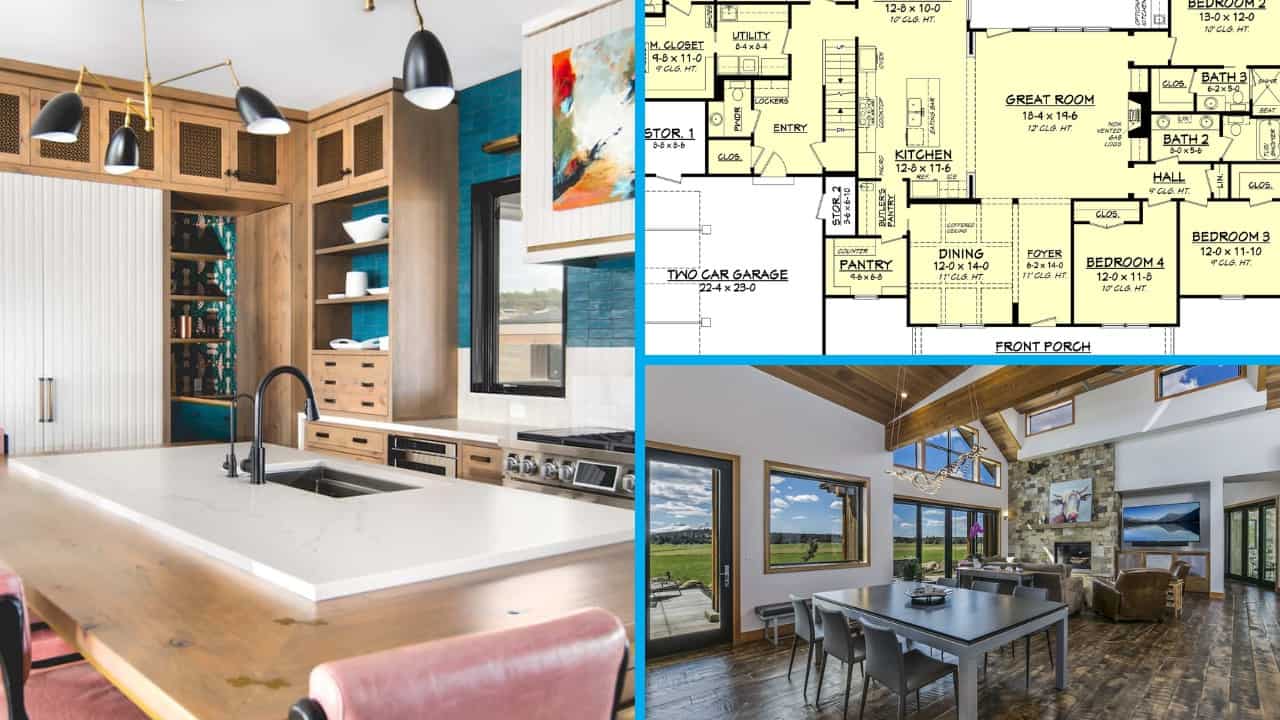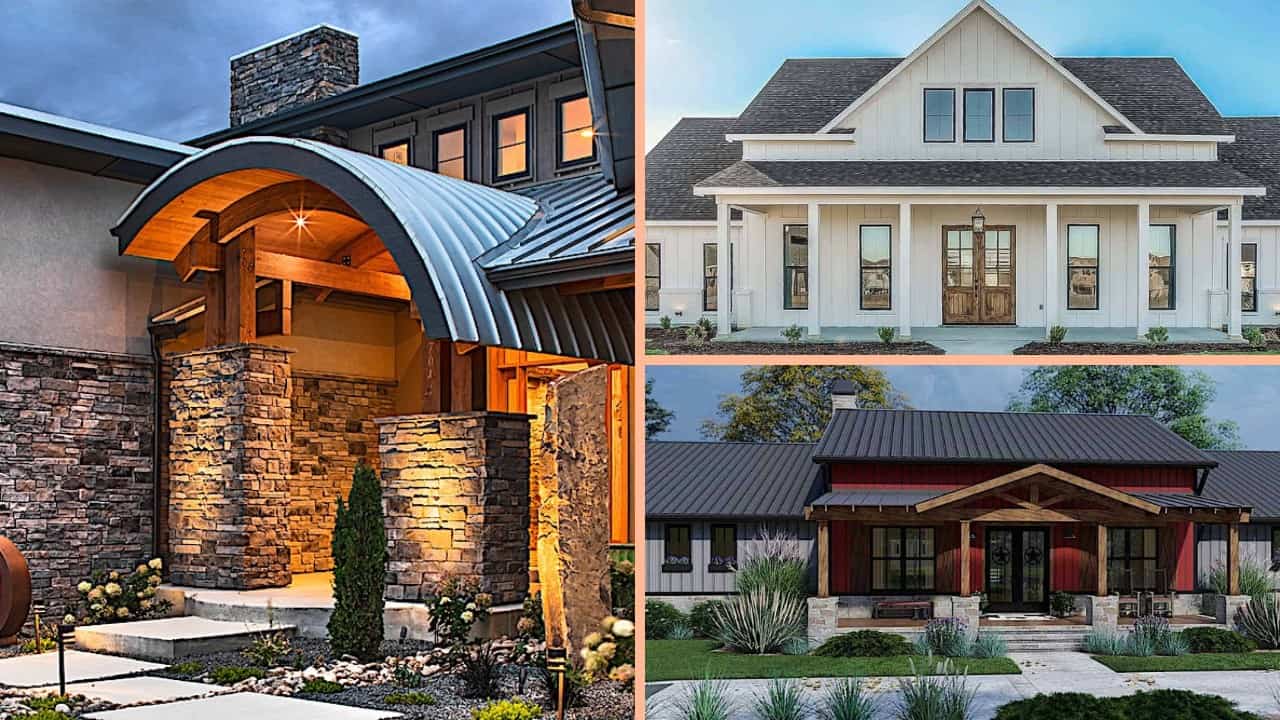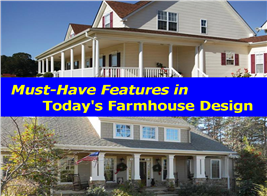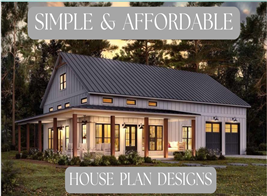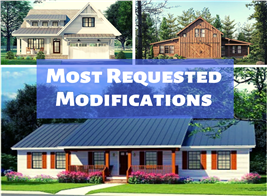There’s Nothing Like a Tudor Style Home for Storybook Appeal
By Rexy Legaspi | Updated March 31, 2023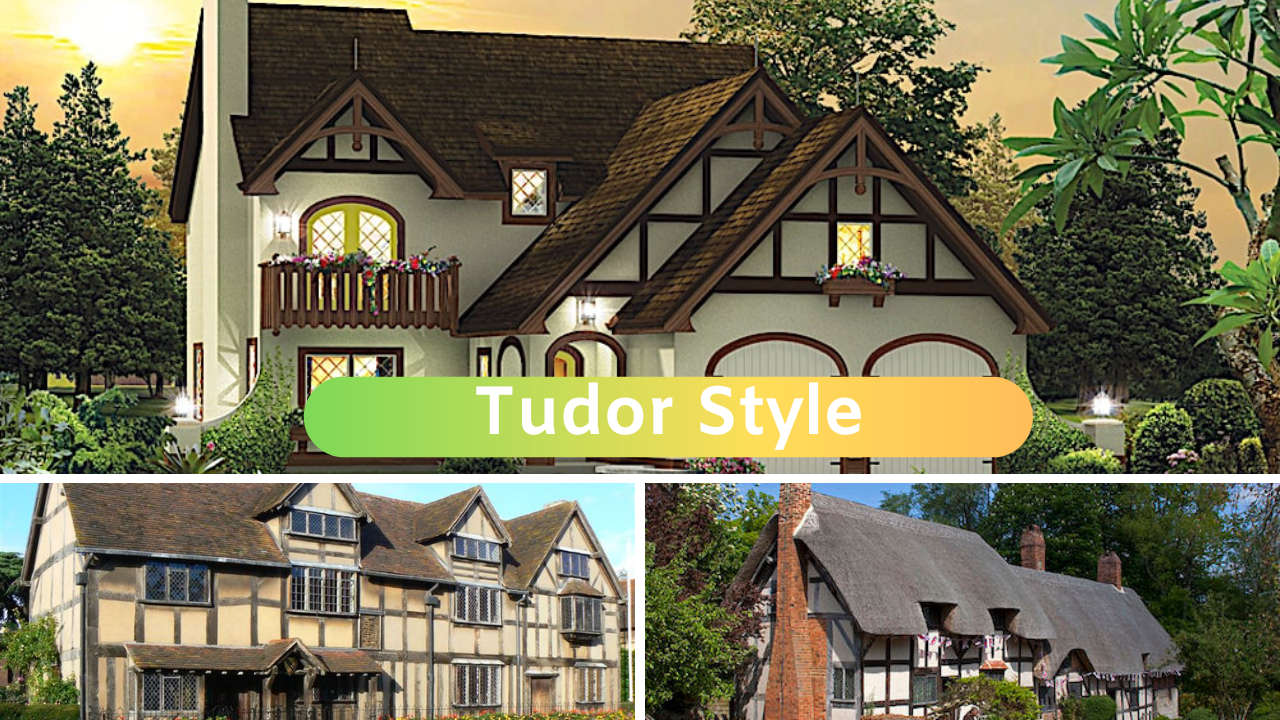
From William Shakespeare to Walt Disney, Tudor Style Inspires the Imagination
No other design in architectural history has captivated the imagination more than the Tudor style – with its rustic half-timbered exteriors, decorative chimneys, and romantic steeply gabled rooflines. The Tudor home has people rhapsodizing about its Old World charm and storybook appeal.
The Tudor style – named after the Tudor Dynasty (1485-1603) – originated in England in the 15th century. During this period, the country was in the midst of a major architectural shift: from the church-inspired Gothic to one influenced by the medieval era and the Italian Renaissance. Instead of the huge cathedral-like Gothic house plans, the English were now moving toward Tudor designs that were smaller but elegant. The style was made more inviting and attractive by its decorative chimneys, sloping rooflines, and half-timbered facades.

While the Tudor design originated with the English nobility and ruling classes, it slowly evolved into one that encompassed “ordinary people” and the “commoner.” In the English hamlets and villages, Tudor homes ranged from simple – sometimes connected – structures with whitewashed walls, exposed timbers, and thatched roofs to the more elegant country homes and castle-like properties of the wealthy and landed gentry.

The World’s Most Famous Tudor Home
William Shakespeare lived in what is now one of the most famous-and-most-visited Tudor homes in history, a house believed to have been built around 1529. Shakespeare’s wife, Anne Hathaway, was raised in a beautifully quaint cottage with a lush garden in the little village of Stratford-upon-Avon.

.jpg)
The Tudor Revival Style in North America
In North America, architects who were fascinated by the picturesque designs of the English Tudor home and the timber-frame buildings created their own updated versions – ranging from stately manor homes to more modest “English cottages” and storybook houses. Known as “Tudor Revival” in the U.S., the style started emerging before the Great Depression – when the economy was on the rise. Although it faded into the background after peaking in popularity from 1910 to 1940, the Tudor Revival is still very much in the architectural landscape and is loved for its versatility and fanciful flair.
Design Features of a Tudor Style House Plan
Walk through a neighborhood and you can spot a “Tudor” right away – for its most iconic feature – the steep gabled roofline with decorative half-timbering. Usually, one-and-one-a-half to two stories, the Tudor house plan also has several of these characteristics:
1. Asymmetrical plan – unmatched gables of varying heights
2. Stucco or brick exteriors
3. Tall windows with small panes
5. Large decorative chimneys with chimney pots
6. Decorative half-timbering that gives the impression of the original post-and-beam construction from medieval times
Tudor Designs in Literature and Entertainment
One of the most delightful and whimsical architectural styles, The Tudor Revival house style has figured in numerous films, adaptations of novels, and television series. The Tudor design continues to enthrall those attracted to the English cottage and castles with their turrets and moats.
Tudor Style and the Magic of Disney
Nestled in Los Feliz, California, are eight Tudor cottages that served as the inspiration for the home of the seven dwarfs. According to movie folklore, Disney animators lived in these cottages while working on the animated “Snow White and the Seven Dwarfs.”
The cottages appeared again in Mulholland Drive (2001) as the Sierra Bonita Apartments.
And Walt Disney's fascination with Tudor style architecture didn't stop there. At Anaheim’s Disneyland, Tudor style architecture inspired and graced much of Walt Disney’s Magic Kingdom.
Tudor Design in Jane Austen’s Life and Works
One of the more popular novelists of the 19th century, Jane Austen, lived in homes that had traces of the Tudor design – first at the parsonage in Steventon (Hampshire County) and Chawton Cottage. Austen wrote six novels that were a social commentary of her age. Critics and historians applaud “the quick wit, the sharp insight, and the deep emotional intelligence” she brought to Pride and Prejudice, Emma, Sense and Sensibility, Persuasion, Mansfield Park, and Northanger Abbey.
When Pride and Prejudice and Sense and Sensibility were adapted for the screen, the set locations were so realistic, you almost expected Elizabeth and Jane Bennet to step out of “Longbourn”; or Elinor and Marianne Dashwood to come out of “Barton Cottage” ready to work in their gardens.
Tudor Style Resurfaces in Downtown Abbey
More of the Tudor house style is recaptured in the film locations of the critically acclaimed television series “Downton Abbey” – the story of the Crawley family and their servants during the reign of King George V. The family lives in the fictional Downton Abbey – which is really Highclere Castle in Hampshire.
.jpg)
In addition to the opulent “Abbey,” there are modest homes, which have characteristics of the Tudor style – like the Dower House (below) and Matthew Crawley’s home.
.jpg)
Tudor Style Today: The Romance Continues ...
Over the years, the Tudor style shed some of its signature features and a “new look” Tudor emerged. It is now more symmetrical – usually one or two stories – without the half-timbered exteriors. The gabled roof is still around and sometimes, the chimney with a chimney pot. The interiors today often embrace an open floor plan with high ceilings.
A few “modern” Tudor house plans are shown below.
From the tranquil beauty of Anne Hataway’s cottage to the modern Tudor Revivals all over the world, and in the fictional lives of the rich and not-so-rich, the Tudor style continues its fanciful flair and storybook appeal.
Do you have a favorite Tudor style home from literature or film? Or maybe, just around the block?








